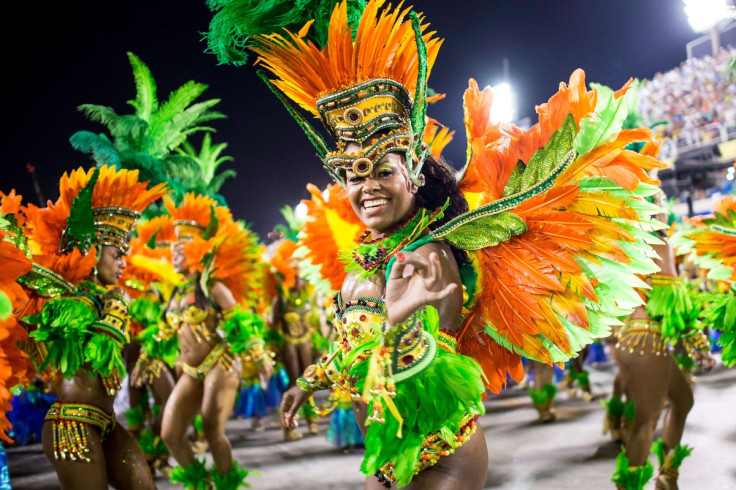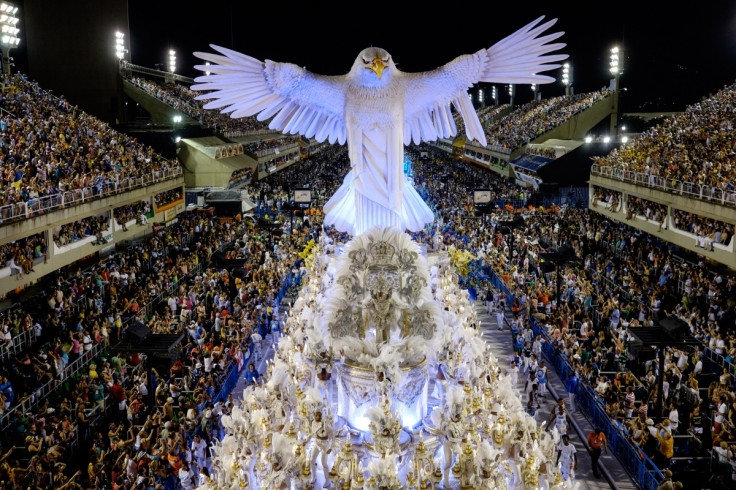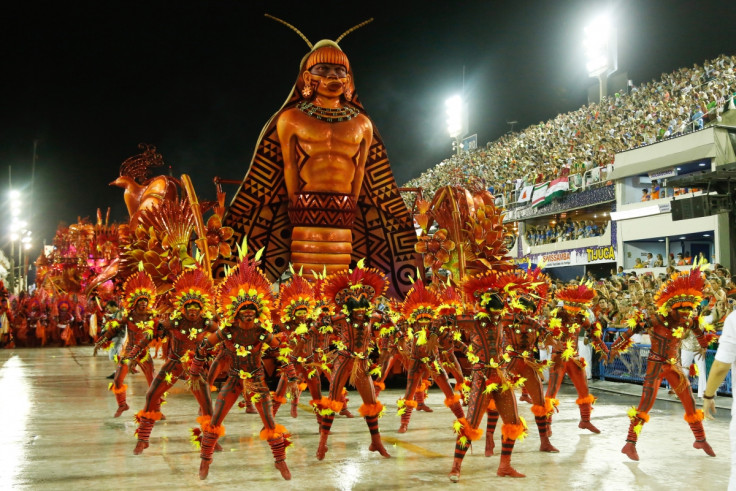Rio Carnival 2017: Everything you need to know about the biggest street party in the world
It's all about the samba.

The world-famous Carnival in Rio de Janeiro is just about to begin, bringing five days of music, dancing and glittering costumes. With an estimated two million people a day attending the event, it is it the largest of its kind in the world.
When does it start?
Rio carnival is a five-day celebration that starts on a Friday, 40 days before Easter, and ending at the beginning of Lent on Ash Wednesday. This year, the festival kicks off on 23 February. It usually takes place in February, the hottest month in the southern hemisphere, when summer in the Brazilian city is at its peak. There are other annual carnivals across Brazil, but Rio is by far the biggest and the most famous.
What happens?
Rio is a celebration of excess marked by five days of partying, but it has become world-famous for its Samba Parade – a show, display and competition between Rio's samba schools. This takes place in the Sambodromo – the 'stadium of samba' that was purpose-built for the parade and opened in 1984.
There are also carnival balls, dancing nights at samba schools and street parties with bands and orchestras – which are mostly free to attend. The biggest street-band procession takes place in Avenida Rio Branco in the centre from Saturday to Tuesday. The samba schools play a big part in the Rio carnival as social clubs take part representing a particular favela, or neighbourhood.

When did the carnival first take place?
The first record of the celebration was in 1723 when Portuguese immigrants from the islands of Açores, Madeira and Cabo Verde introduced the entrudo, or carnival, to the city. Far from the glamour of the modern-day carnival, the music and dancing was accompanied with water and food, which were thrown among the revellers.
Throughout the 1800s, the festival became more organised with parades such as the Grandes Sociedades, in which the emperor (the Empire of Brazil remained a constitutional monarchy until 1889) would join the celebrations with other aristocrats. Masquerade balls became popular during the carnival in the 1840s. Some 10 years later, street parades with horse-drawn floats and military bands became the focal point of the Rio carnival, similar to the contemporary floats and samba schools.

The celebration became increasingly working-class towards the end of the 19th century. The festival became a form of expressing political dissatisfaction during the years of military censorship, with ironic performances to protest against the government and promote the public's desire for freedom.
The rhythms of samba, the most famous dance style performed at the carnival, were passed from Afro-Brazilians to the impoverished slums after the abolition of slavery in 1888. It wasn't until around 1917, however, that the samba became an integral part of Rio Carnival.
What is samba?
Samba is a Brazilian music genre and dance style that has roots in Africa, via the West African slave trade and religious traditions from Angola and the Congo. It is recognised as a symbol of Brazil and its carnivals. The samba rhythm has been danced to in Brazil since the late 16th century, and consists of a set of dances rather than a single dance.
© Copyright IBTimes 2025. All rights reserved.





















